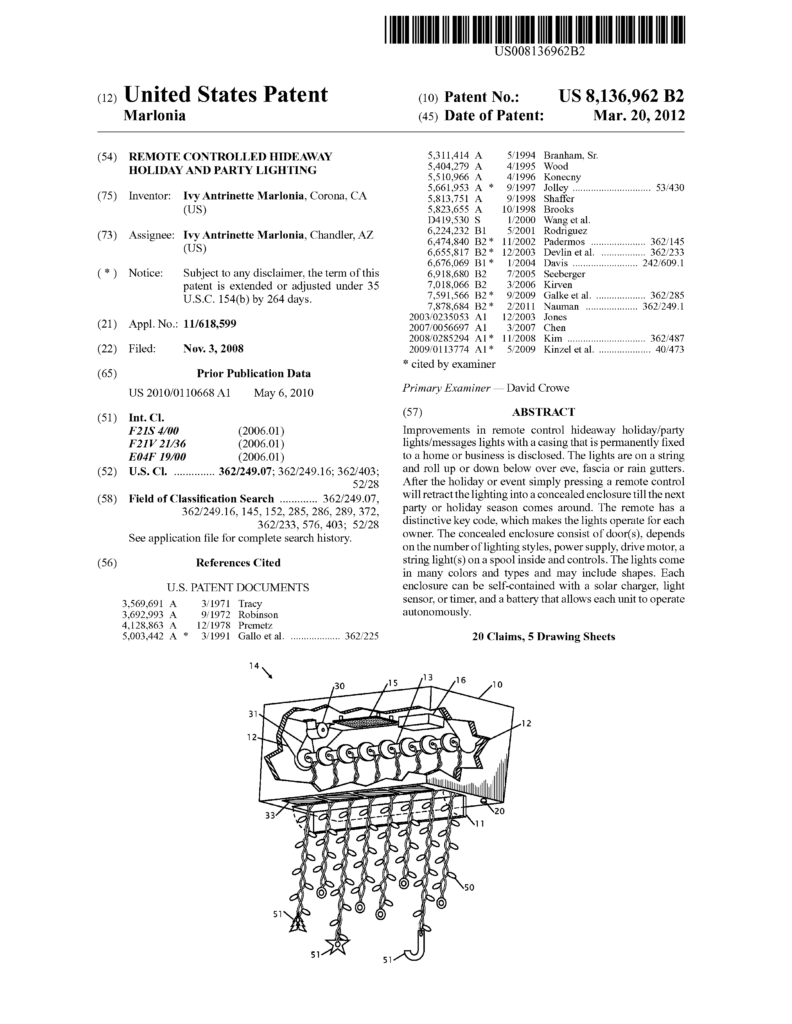In Mondis Technology Ltd. v. LG Electronics Inc., [2020-1812] (August 3, 2021), the Federal Circuit dismissed LG’s appeal from a jury verdict that it infringed U.S. Patent No. 7,475,180, directed to a display unit configured to receive video signals from an external video source .
The jury found that the accused LG televisions infringed claims 14 and 15 of the ’180 patent, that the claims were not invalid, and that LG’s infringement was willful, and awarded plaintiffs $45 million in damages. Following the jury verdict, LG filed several post-trial motions including: (1) a motion for JMOL or new trial of non-infringement, (2) a motion for JMOL or new trial of invalidity, and (3) a motion for JMOL, new trial, or remittitur regarding the damages award and willfulness finding.
On September 24, 2019, the district court denied LG’s motions regarding infringement, invalidity, and willfulness but ordered further briefing on damages. On April 22, 2020, the district court granted LG’s motion for a new trial on damages. Less than 30 days later, on on May 8, 2020, LG filed notice of interlocutory ppeal challenging the district court’s decision denying LG’s post-trial motions regarding infringement, invalidity, and willfulness (all of which were decided in the September 24 Order).
The problem for LG is that its interlocutory appeal is governed by 28 U.S.C. § 1292(c)(2), which provides the Federal Circuit with exclusive jurisdiction over “an appeal from a judgment in a civil action for patent infringement which would otherwise be appealable to the United States Court of Appeals for the Federal Circuit and is final except for an accounting.” 28 U.S.C. § 2107(a) sets the time for appeal as “within thirty days after the entry of such judgment, order or decree.” Under § 1292(c)(2), a judgment is final except for an accounting when all liability issues have been resolved, and only a determination of damages remains.
The September 24 Order resolved all issues of liability, so the appeal was due by October 24, and thus the May 2020 filing was more than six months late, and thus the Federal Circuit had no jurisdiction to consider the appeal.
LG argued that FRAP 4(a)(4) instructs that, if a party timely files any of several enumerated motions, including post-trial motions for judgment under FRCP 50(b) or for a new trial under FRCP 59, “the time to file an appeal runs for all parties from the entry
of the order disposing of the last such remaining motion.”
The Federal Circuit noted that LG’s timeliness arguments focus on the Federal Rules,
rather than the statutory requirements for jurisdiction, observing that the Rules cannot override federal statute, and to the extent that there is any conflict between the Rules and federal statutes, the statutes must prevail.
However, not all is lost for LG. While its interlocutory appeal was dismissed, LG is not precluded from from challenging the liability determinations of the district court under our § 1295 jurisdiction once the damages determination is completed.







